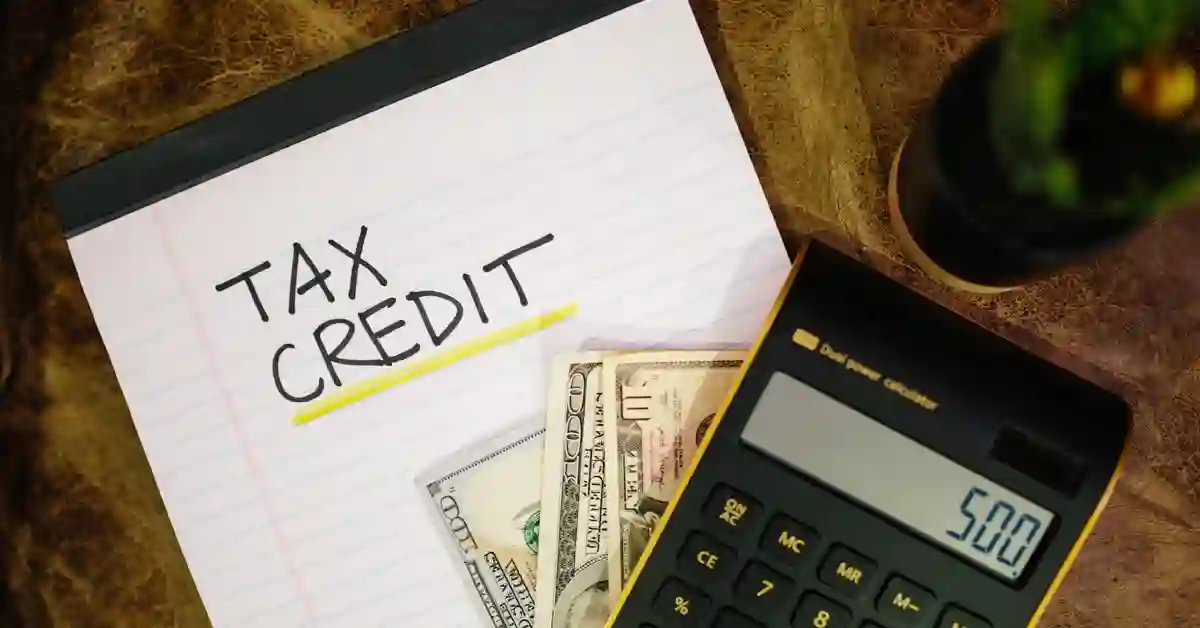If you want to make your home more energy efficient, you can get a federal tax credit for it. You can get up to $4,000 for a single-family dwelling, or $400,000 for a multi-family building. The program was created as part of the Inflation Reduction Act of 2008. You need to meet certain income requirements to qualify for the rebate. You must earn less than 150% of the area’s median income. You can double the amount of the rebate if you fall below 80% of the area median income.
Claiming The Home Energy Tax Credit
To receive the residential home energy tax credit, you must meet certain requirements. You must be a homeowner. The income you earn should be less than $100,000. You must also have an energy bill of at least $300 per month. You need to use your federal tax credit before the end of the year, or you may lose it. You should also know that the credit is nonrefundable, so you must subtract it from your cost basis. If you are a homeowner, you need to be aware of the credit limits. You can also take advantage of the credit for making improvements that save energy and money. There are many ways to benefit from this tax credit, including installing energy-efficient appliances. You can also purchase energy-efficient insulation or air-sealing materials. You must provide a product identification number to claim the credit.
The residential home energy tax credits is worth up to 10% of the cost of qualified energy efficiency improvements. However, the credit is limited to $500 per year. For example, you can only get a credit for $200 worth of energy-efficient windows. Another $200 is available for $150 worth of furnaces, while the credit is worth up to $300 for other energy-efficient improvements.
Complete Your Project With Home Energy Tax Credit
The residential home energy tax credits were extended for a year in December. In addition to the extension of these tax credits for homeowners, the tax deductions for builders of energy-efficient homes also remain permanent under the Consolidated Appropriations Act of 2021. If you are a business owner, you can benefit from the tax deduction for commercial buildings that are energy-efficient.
To receive your residential home energy tax credits, you must complete your projects over several years. However, you can still get up to $1,200 a year for completing your projects. In addition, if you delay installing insulation, you can get credit for it when you do. Moreover, the credit will decrease with time. Thus, it may be beneficial to delay your installation until 2024. So, you should consider this when you are planning to make an investment in home energy efficiency according to americantaxservice.org.
The tax credits can be obtained for both new and old residential properties. For new construction, however, the credit will be lower than the cost of replacing an existing home. In existing homes, you can also claim credit for a fuel cell system. But remember, there are many restrictions on these tax credits.
Another resource for teaching taxes is the Internal Revenue Service. They have created lessons centered on federal income tax withholding and payroll taxes, exemptions, and the role of the taxpayer. These lessons also discuss the history and impact of taxes in the U.S., as well as the benefits and drawbacks of government funding. A lesson plan is included with each lesson, as well as a fact sheet, worksheets, and an assessment.
What’s Next?
In addition to residential home energy tax credits, there are other ways to reduce your utility bills. In New Mexico, homeowners can get a property tax exemption for solar systems. For example, if they purchase a Tesla Powerwall for their home, they can claim up to $600 of the cost. This can help them save thousands of dollars in property taxes.
Learn here more https://www.cheasyy.com








